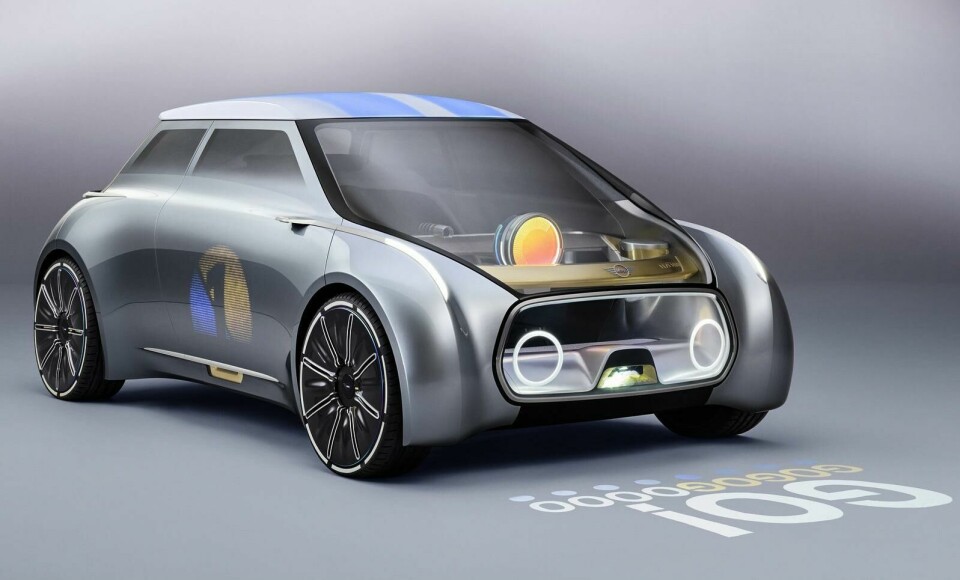
Design Review: Mini Vision Next 100
Free from the shackles of its styling heritage, this is the clearest vision of a Mini since 1959
Much has been written about the BMW Group’s trio of Vision Next 100 concept cars – some positive, some negative, and some by us. But while they are a mixed bag collectively, there is no denying that the present Mini brought to the 100th birthday party is by far the most appealing.
It marks quite a shift for a brand that has frustrated at times with its clearly huge potential, yet a seeming inability to see beyond its past. But with so much at stake in the coming years in terms of personal mobility, new ownership models and alternative power sources this is a timely re-evaluation.
Proportions

Click to zoom
1 Wheel at each corner
It’s the eternal cliché and often misused, but the Next 100’s overhangs are so short it’s entirely appropriate. Communicates both superb stability and large interior volume.
2 Monomini
Not since the Rover Group’s 1997 Spiritual concept has the idea of a monovolume Mini been seen. Makes sense here, now the engine has gone.
3 Two-box trick
Overall silhouette may be a monovolume, but A- and C-pillar treatment creates the impression of traditional Mini proportions. A very neat trick that looks instantly familiar despite the huge changes.
4 Solid stance
A- and C-pillars converge at an invisible point directly above B-pillar, subconsciously placing visual centre of gravity on the strongest point. Also neatly indexes two wheel diameters back from the front axle, again shifting the eye rearwards.
5 Inside out
Projector for interactive messages sits at the centre of the wheelbase and is an integral part of the front seat structure.
6 Floater
‘Floating’ roof a key Mini signifier. Placement here, alongside pillar treatment, avoids overly cab-forward proportions.








